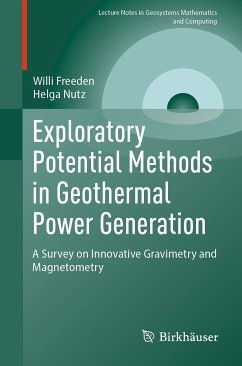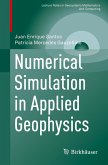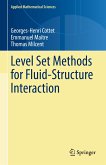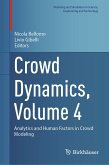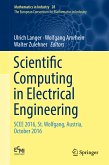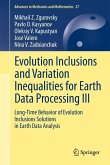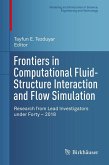The book spans the interdisciplinary arc from geoengineering, especially geodesy, via geophysics to geomathematics and geology, and back again. It presents the recently published pioneering and groundbreaking multiscale mollifier methodologies realizing the bridging transfer from gravitational/magnetic measurements to approximative/numerical mollifier wavelet decorrelations with novel geologic prospects and layer-structure determination as outcome. Using the specific example of the German Saarland region, new important fields of application, especially for areas with mining-related cavities, will be opened up and subjected to an in-depth geologic detection.
Dieser Download kann aus rechtlichen Gründen nur mit Rechnungsadresse in A, B, BG, CY, CZ, D, DK, EW, E, FIN, F, GR, HR, H, IRL, I, LT, L, LR, M, NL, PL, P, R, S, SLO, SK ausgeliefert werden.
Hinweis: Dieser Artikel kann nur an eine deutsche Lieferadresse ausgeliefert werden.

